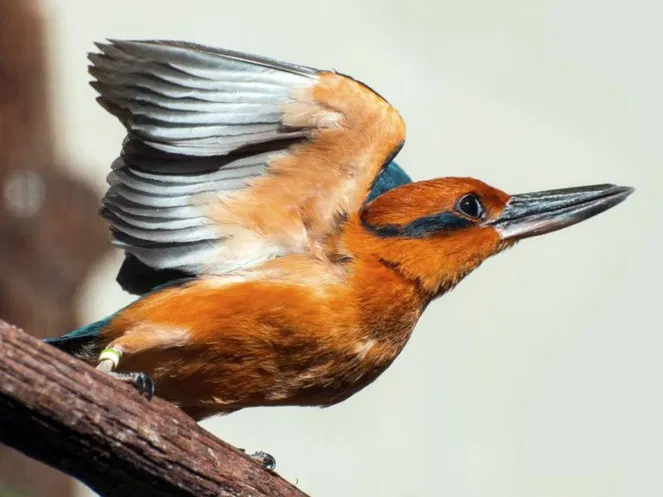Latest reports suggest that scientists are transporting chicks to a new island hundreds of miles away in a desperate attempt to safeguard a seabird species in Hawaii from increasing ocean waters.
As climate change disrupts habitats, moving animals to conserve them, which was long frowned upon, is gaining favour and similar relocations are being recommended for birds, lizards, butterflies and even flowers.
Concerns remain that the novel approach may create unintentional harm, similar to how exotic plants and animals have decimated native species.
In response, state wildlife officials and scientists have suggested moving a portion of some species struggling with climate change, including Key deer of southern Florida, the Karner blue butterfly of the Midwest and Northeast, desert flowers in Nevada and California and the St. Croix ground lizard in the Virgin Islands.
Republicans in western states — including Montana, New Mexico and Arizona — are against the proposal saying it could wreak ecological havoc as “invasive species” get purposefully introduced.
Read also: UNEP says sustainable cooling systems on agenda for COP28
The proposal, which federal officials expect to finalize in June, reflects a “fundamental shift in the way we think of species protection and conservation,” said University of Notre Dame biologist Jason McLachlan.
The issue goes beyond endangered species, McLachlan said and raises questions about what should be considered “native” now that shifting temperatures are pushing some species to higher elevations or toward the planet’s poles.
Comparable temperature shifts in the past occurred over millennia, but the present one is happening over just decades and is drastically upending ecosystems. “Eventually we’re going to have to start thinking about it in ways that will make people — including me — uncomfortable,” he said. “To say this species is OK and this species is not OK, that’s asking a lot of human beings.”
To save storm petrels, VanderWerf said, “scientists need to act before populations have crashed. “In 30 years, these birds will certainly be rare, if we don’t do something about it,”.
Relocation of species outside historical ranges is still a rarity, but U.S. wildlife officials have identified numerous threatened and endangered plants and animals already being affected by climate change: glacial stoneflies in Montana, emperor penguins in Antarctica, the Mt. Rainier ptarmigan, the saltmarsh sparrow of the Atlantic coast and numerous birds of Hawaii.
U.S. Fish and Wildlife Service spokesperson Karen Armstrong said that there are no current proposals to establish new populations of those particular species.
“In the future, some species’ ranges may shift due to climate change, or their current habitats might become unsuitable due to invasive species encroachment,” Armstrong said in an email. “We view experimental population establishment outside of their historical ranges as a potential tool for their management and conservation,”he said.
Story was adapted from PBS.org.
